The brain is as complicated as we thought it was. Take a look at these pictures and you'll know just how much.
The human brain is a 3-pound (1.4-kilogram) mass of jelly-like fats and tissues—yet it's the most complex of all known living structures. Up to one trillion nerve cells work together and coordinate the physical actions and mental processes that set humans apart from other species
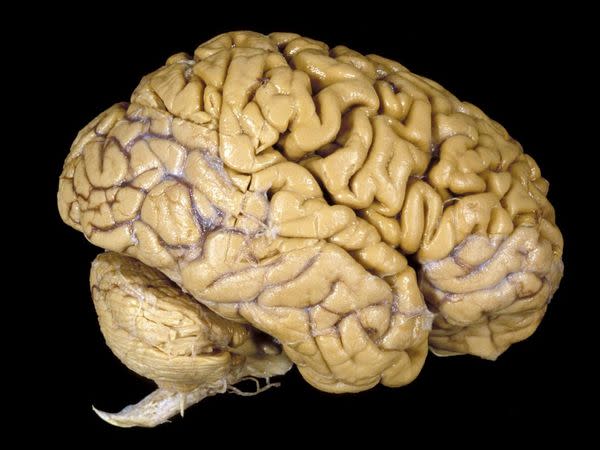
Brain's Neural Pathways: The human brain may contain up to one trillion neurons. These nerve cells are interconnected, as shown in this microscopic image, so that they can transmit electrical impulses—and information—to other cells
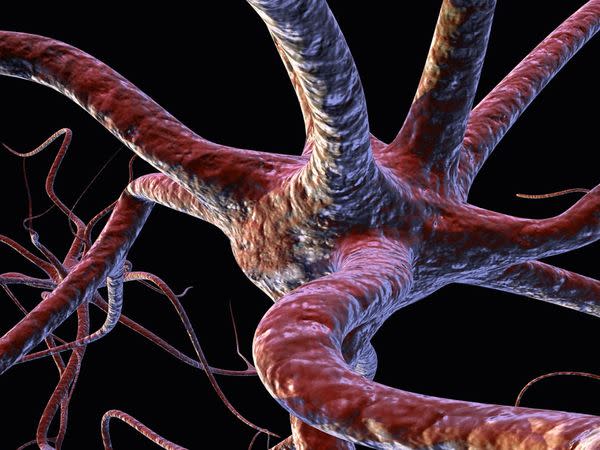
Brain and Cervical Spinal Cord: A rear view of the skull reveals the brain and the cervical spinal cord, which function together as the central nervous system. The remarkable apparatus uses motor neurons to control the body's many muscles and enables humans to perform myriad physical activities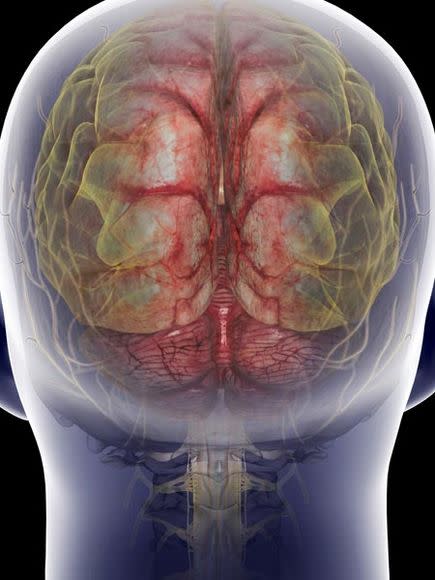
Slice of Human Brain: Thanks to precision cutting techniques, researchers are able to examine a paper-thin slice of human brain. Surgeons can also cut living brains without fear of hurting their patients—the organ is incapable of feeling pain.
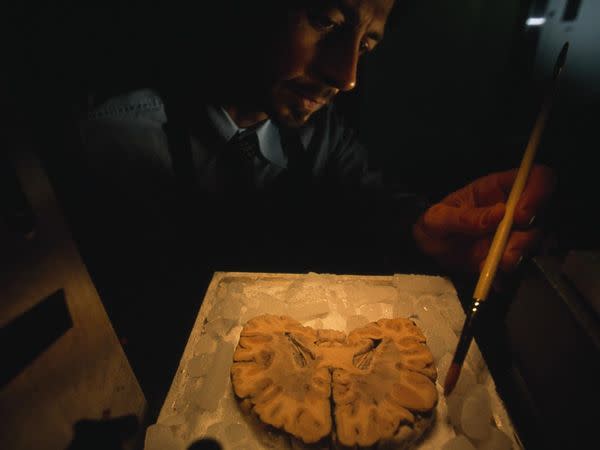
Brain Tumor Removal: Skillful surgeons at UCLA Medical Center in Los Angeles, California, remove a tumor from a woman's brain. Malignant tumors indicate often lethal brain conditions, but even nonmalignant growths can preempt normal brain activity. Any tumor may compress regions of the brain and increase internal pressure, upsetting the organ's delicate functional balance.

Brain MRI Scan: Magnetic resonance imaging (MRI) techniques provide an extremely detailed, 3-D view of a living brain. The technique is critical for identifying abnormalities such as tumors, spotting the warning signs of some brain diseases, and revealing the extent of trauma from strokes.
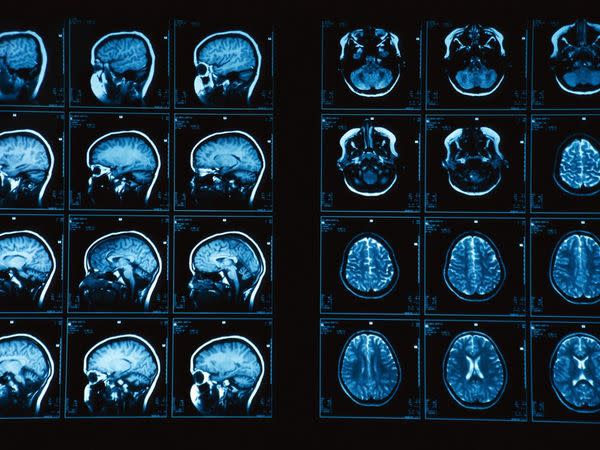
Brain Surgery Patient: A Baltimore, Maryland, epileptic patient performs tests designed to identify the source of his seizures. Surgeons placed electrodes in his brain that will record which parts of the organ become active when he performs a variety of physical and mental tasks.
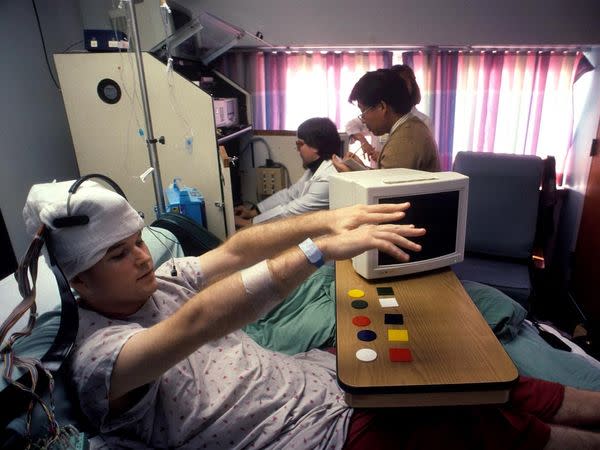

Slice of Human Brain: Thanks to precision cutting techniques, researchers are able to examine a paper-thin slice of human brain. Surgeons can also cut living brains without fear of hurting their patients—the organ is incapable of feeling pain.

Brain Tumor Removal: Skillful surgeons at UCLA Medical Center in Los Angeles, California, remove a tumor from a woman's brain. Malignant tumors indicate often lethal brain conditions, but even nonmalignant growths can preempt normal brain activity. Any tumor may compress regions of the brain and increase internal pressure, upsetting the organ's delicate functional balance.

Brain MRI Scan: Magnetic resonance imaging (MRI) techniques provide an extremely detailed, 3-D view of a living brain. The technique is critical for identifying abnormalities such as tumors, spotting the warning signs of some brain diseases, and revealing the extent of trauma from strokes.

Brain Surgery Patient: A Baltimore, Maryland, epileptic patient performs tests designed to identify the source of his seizures. Surgeons placed electrodes in his brain that will record which parts of the organ become active when he performs a variety of physical and mental tasks.











0 comments:
Post a Comment